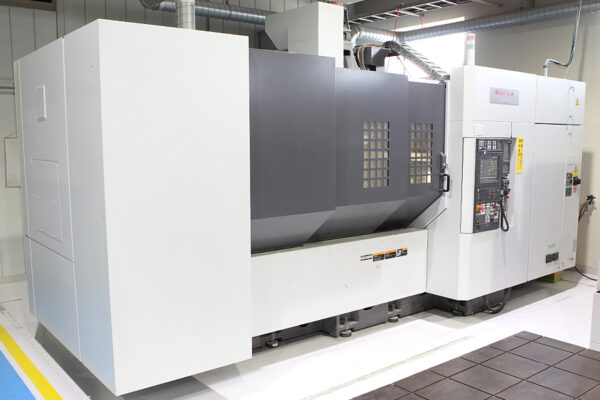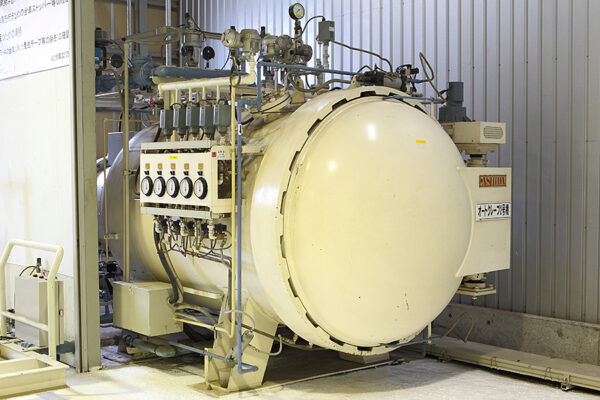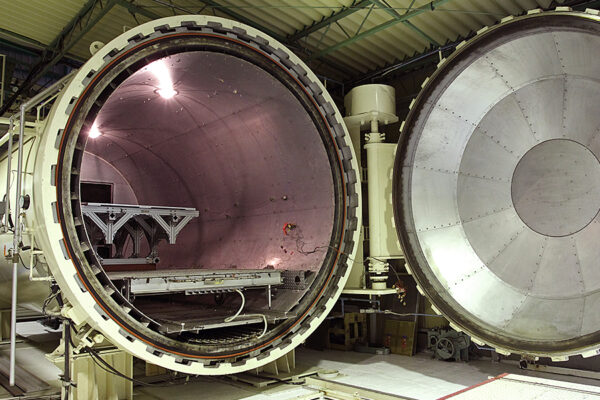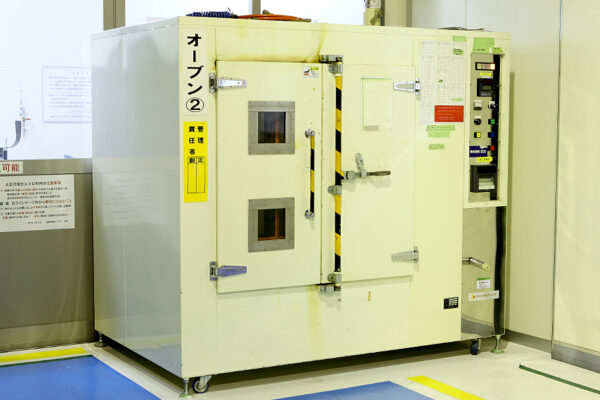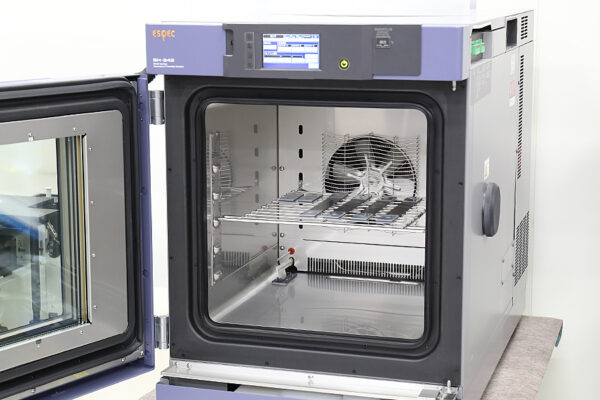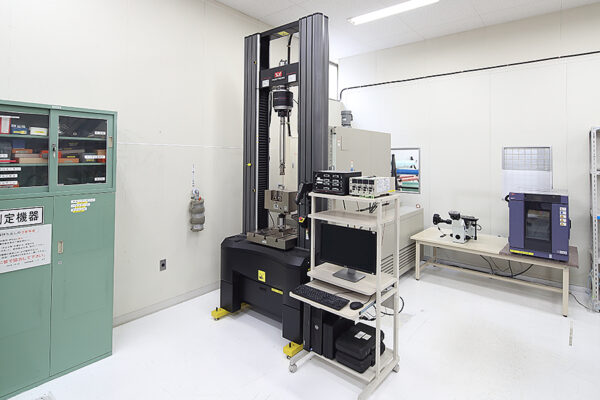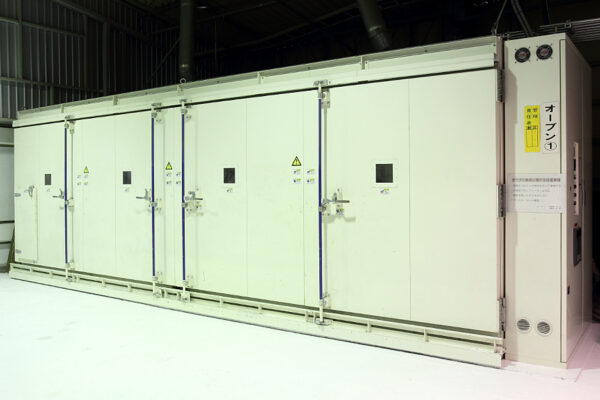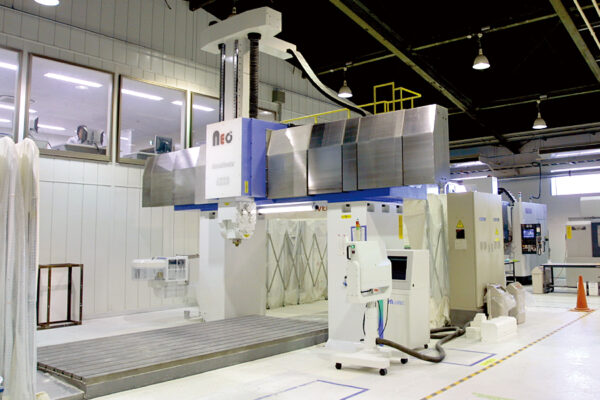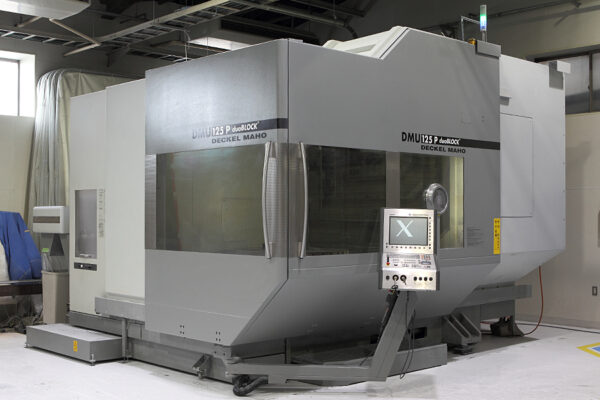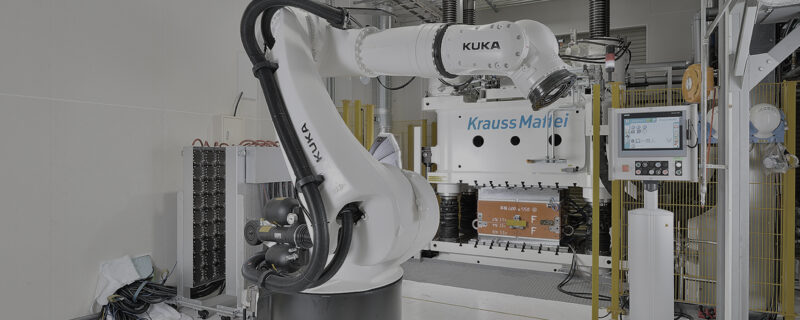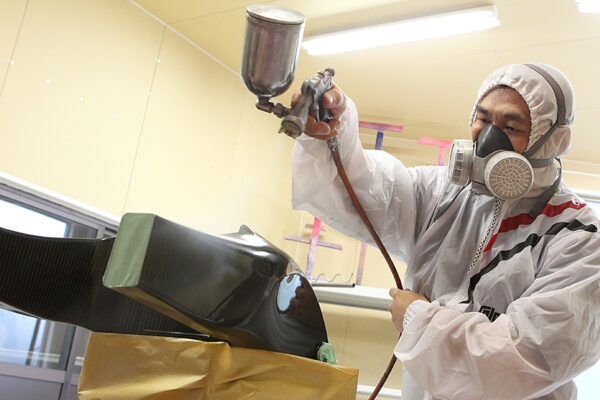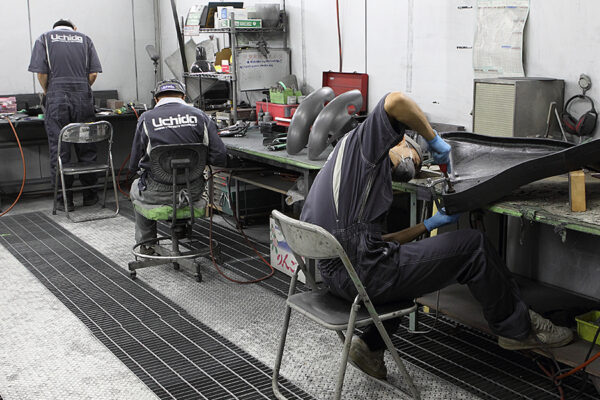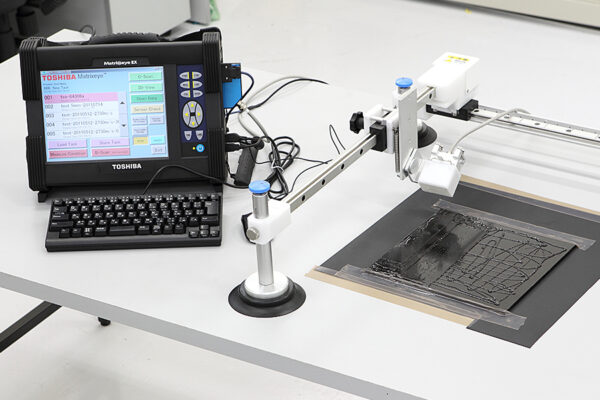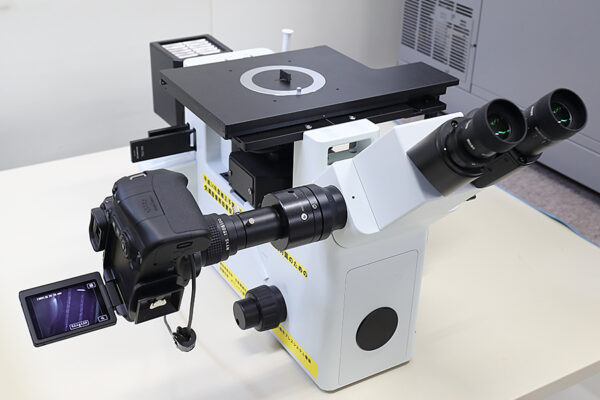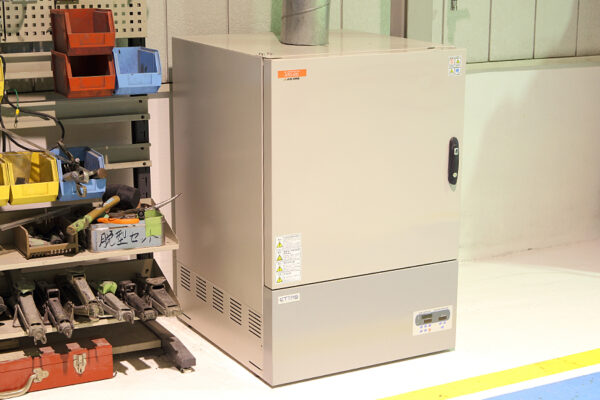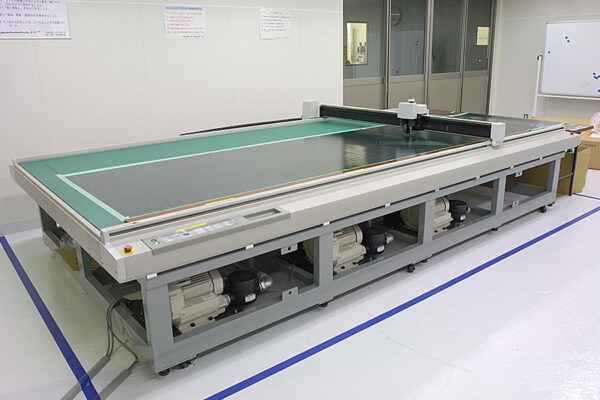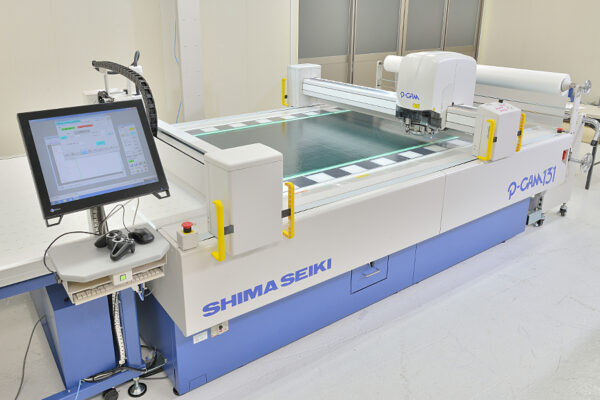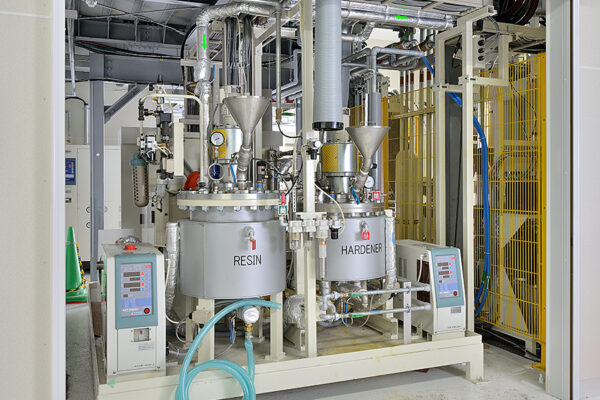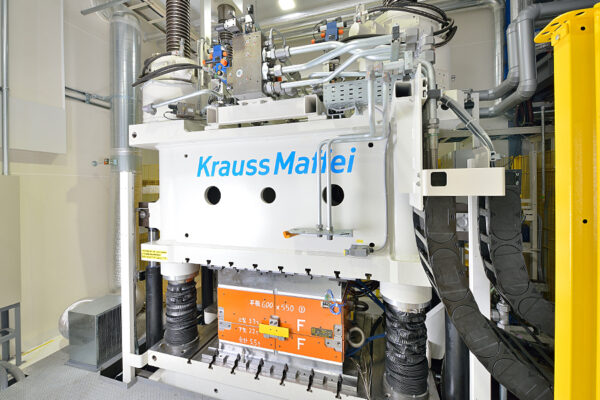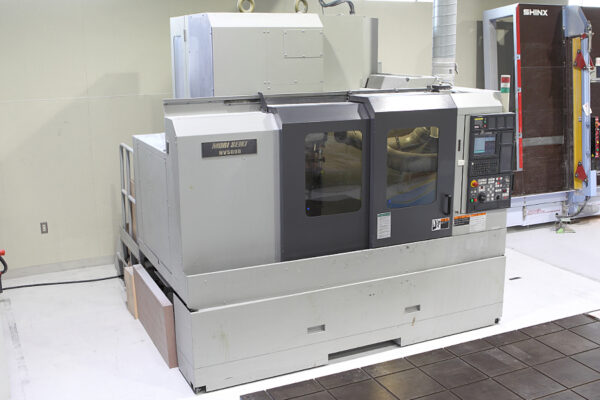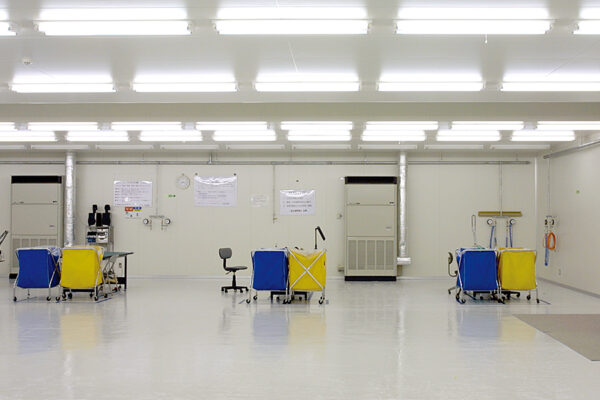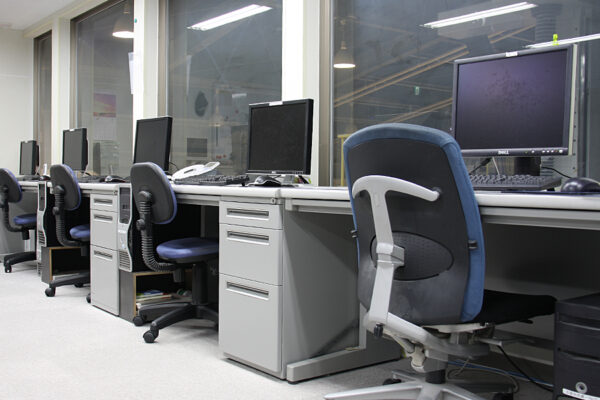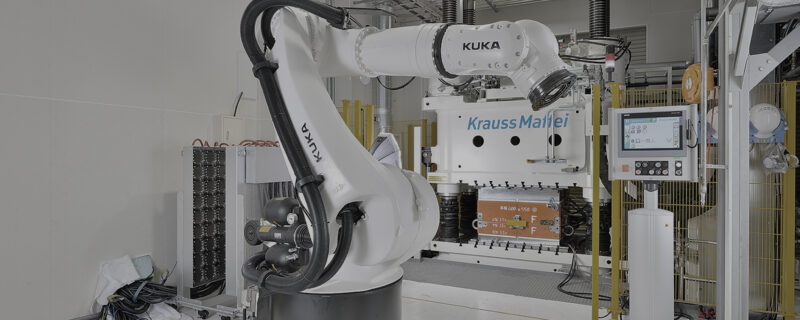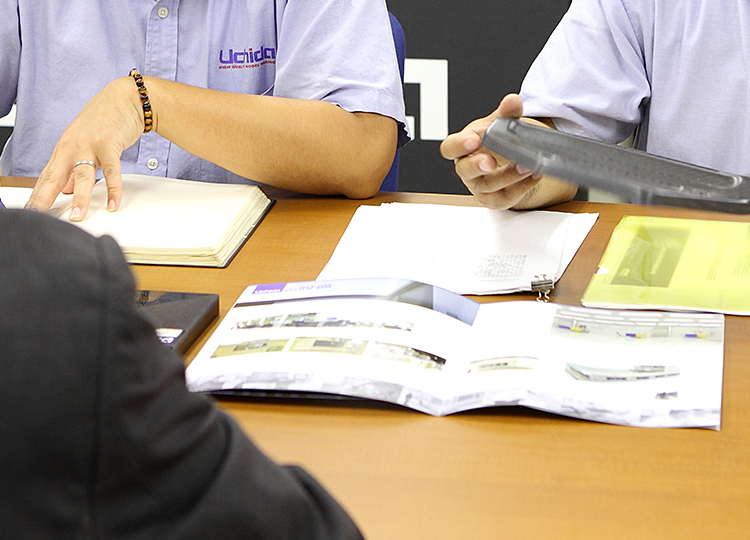Introduction
These days, technical jargon such as FRP, CFRP, composites, and weight-efficiency often appear in the media for a range of applications. Such terms may be annexed with “lightweight, strong, and non-corrosive” materials that substitute metals. But what exactly are these materials?
FRP: The Representative Image of Composites
Fiber Reinforced Plastic (FRP) is a plastic polymer composited with fibers to enhance its strength. As suggested by the name, Glass Fiber Reinforced Plastic (GFRP) is a plastic polymer and type of FRP that employs glass fibers as the reinforcing material.
The initial letter refers to the type of fiber used; C being carbon, G being glass fibers, and A being aramid fibers. Since CFRPs are composed from a combination of reinforcing fibers and resin (plastic), they are referred to as a “composite” or “composite material”.
In this issue, we will discuss recycling of Carbon Fiber Reinforced Plastics.
Disadvantages of CFRP
Although CFRP has gained considerable attention across industries for its lightweight and strong properties, every rose has its thorn. In addition to the high costs of raw materials and CFRP, the fiber reinforced plastics, such as CFRP, are anisotropic materials that exhibit varying strengths according to the orientation of the fibers. This “custom-design” element can lead to an unfavorable material yield rate at the time of manufacturing due to waste from discarded unused prepregs which expire after six months, even when stored frozen. Expensive and complex manufacturing processes, difficulties in mass production, and poor recyclability of materials are remaining issues in CFRP productization.
Recycling CFRP
Let’s take a look at waste materials collected during CFRP recycling. The diagram below illustrates the workflow of the key manufacturing method used in CFRP fabrication—autoclaving.
Each process in the workflow generates uncured pre-molding waste and molded scrap material.
The major stumbling block, however, is the inability to collect these wastes homogenously because the type of resin and fiber employed will differ depending on the product, structure, and application. Another major hurdle is the difficulty in separating CFRP waste from other substituents. uring pre-curing, illustrated on the diagram left, waste from protective film and backing paper used to protect materials are disposed of together with CFRP waste. Moreover, as many cured CFRP composites contain GFRP and AFRP to enhance CFRP performance, or additional structural metal inserts, it is often difficult to collect only the CFRP from cured waste. This inability to collect CFRP in isolation greatly hinders its recyclability.
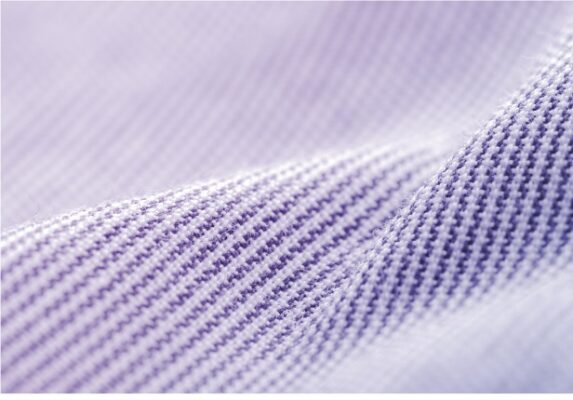
Summary
This issue discusses recycling of CFRP. In Japan, increasing numbers of companies are seeking to commercialize their business with recycled carbon fiber (CF). At Uchida we are working with such manufacturers and exploring potential ways to better utilize waste material and recycle CFRP. Waste shouldn’t be regarded as an inevitable outcome but as an issue that can be resolved. At Uchida, we are focusing on solutions to reduce waste and leverage it for other means from within our immediate surroundings.
Related useful contents
You can explore related content by clicking on a topic of interest.
ABOUT UCHIDA - 55 years since our founding
We leverage a wealth of technical expertise as a CFRP molding and processing manufacturer using FRP, GFRP, and CFRP materials. We offer a one-stop solution, encompassing design, analysis, manufacturing, secondary processing, assembly, painting, quality assurance, and testing.
UCHIDA's equipment
We have cutting-edge equipment to ensure that we can address even the most advanced challenges of our customers.
Video Library
In the following video, we provide a detailed overview of our manufacturing process. Please feel free to watch and learn more.




